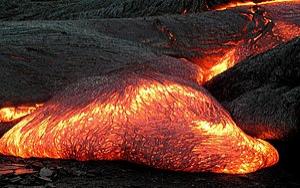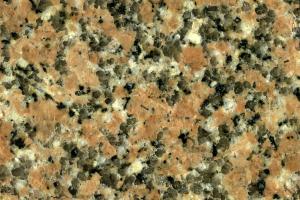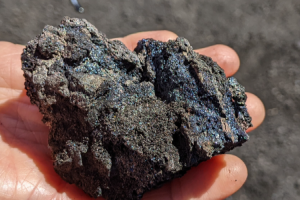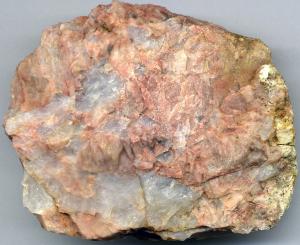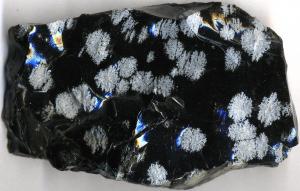Igneous Rocks
Earlier it was mentioned that there were three main types of rocks, igneous, metamorphic and sedimentary. The next couple of sections will teach you all about igneous rocks.
Igneous rock is formed when molten material found either on the surface or deep within the Earth, cools off and turns into solid rock. The word igneous comes from the Latin word "ignis" which means fire. This makes sense when you see words like ignite and igniter.
Magma is molten/melted rock. When magma reaches the surface of the Earth it can be called lava. Magma occurs when radioactive elements generate enough thermal energy to melt material. Magma is actually less dense than the surrounding rock which will cause it to "float" or rise through the surrounding crust. When it finally punches through the crust it creates volcanoes.
When magma cools, the atoms rearrange themselves, forming new mineral crystals. As the different types of minerals form and grow together, igneous rocks are formed. There are two main types of igneous rocks, intrusive and extrusive.
|
|
Intrusive igneous rocks form below the Earth's surface. You can tell that they are intrusive rocks because they will have visible mineral grains. Intrusive rocks are exposed at the Earth's Surface due to the uplifting of crust material or by weathering and erosion processes exposing them over time.
Extrusive igneous rocks form when lava cools on or near the surface of the Earth. These types of igneous rocks have very small crystals because they cool off relatively quickly. Because these rocks cool off quickly the atoms don't have the time to rearrange themselves and form crystals. Extrusive igneous rocks are considered to have what is called "a fine-grained texture."
Read more about Snowflake Obsidian Here
Grab an igneous rock kit. With your groups, sort the rocks into igneous intrusive or igneous extrusive.
Now that you are pros at identifying whether or not igneous rock is intrusive or extrusive, take a quick test. This link will let anybody on the web take the test anonymously. If you are a teacher just drop me a note and I will, add your school and share the test with you so you can see your results.










